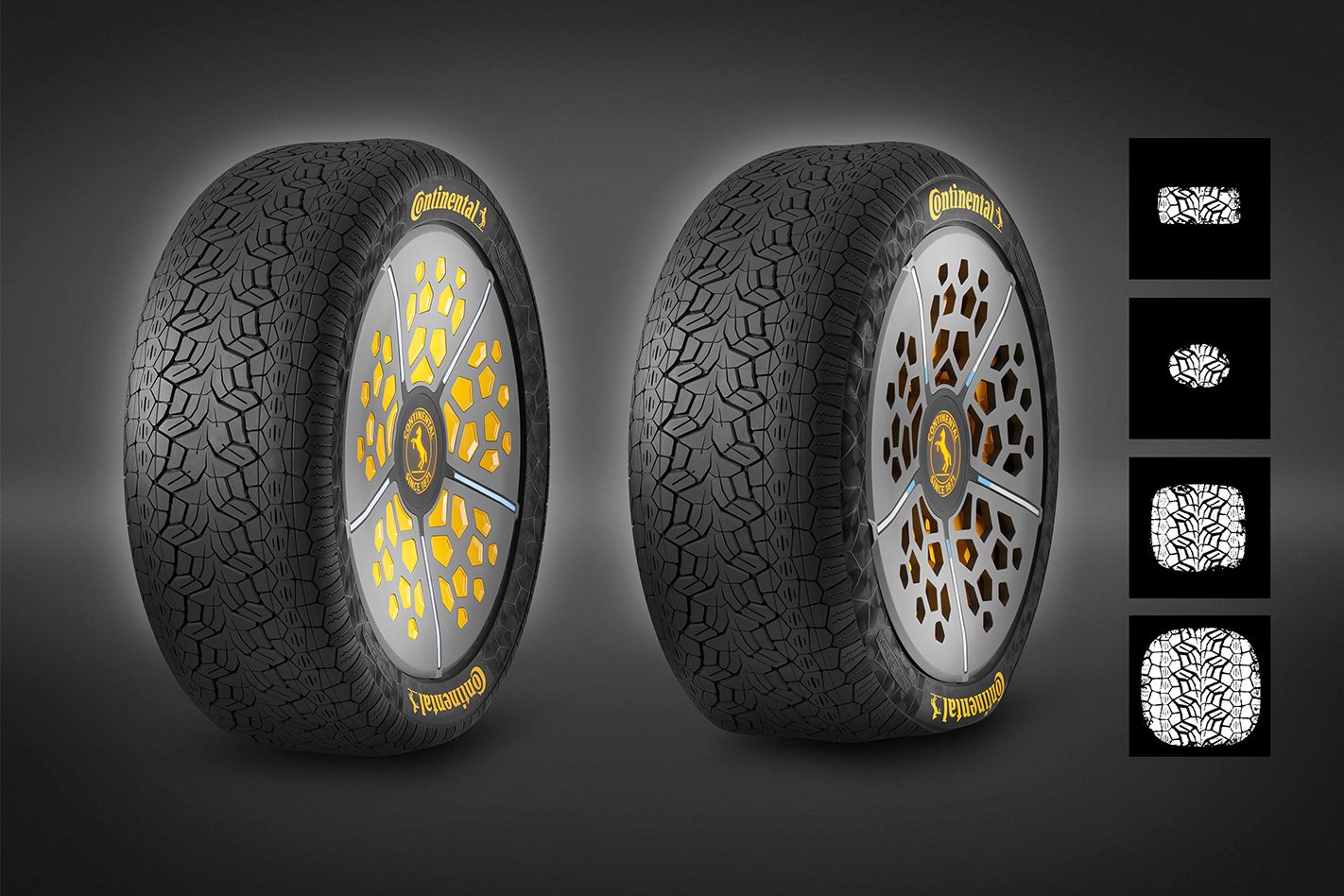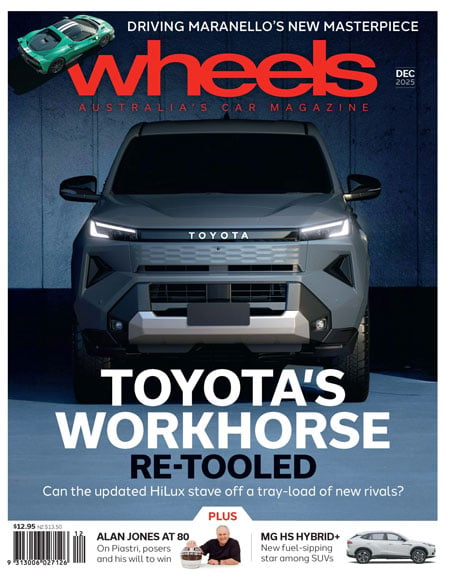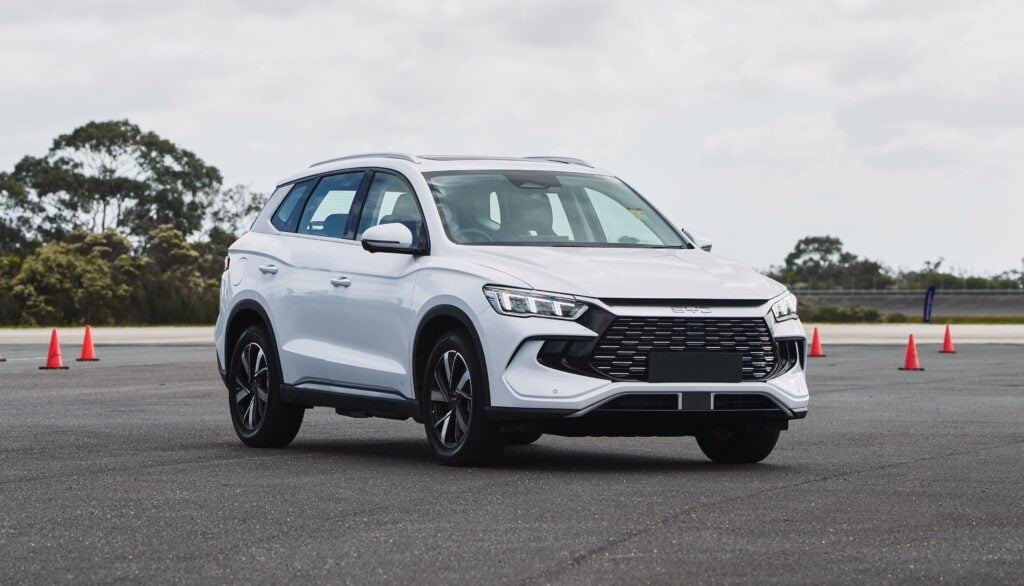TYRES, bastions of all things black and round, haven’t had a major change in technology for decades.
However, that could soon change with Continental Tires announcing that it is working on tech which will allow for tyre pressure, and rim width, to adapt the contact patch to road conditions.
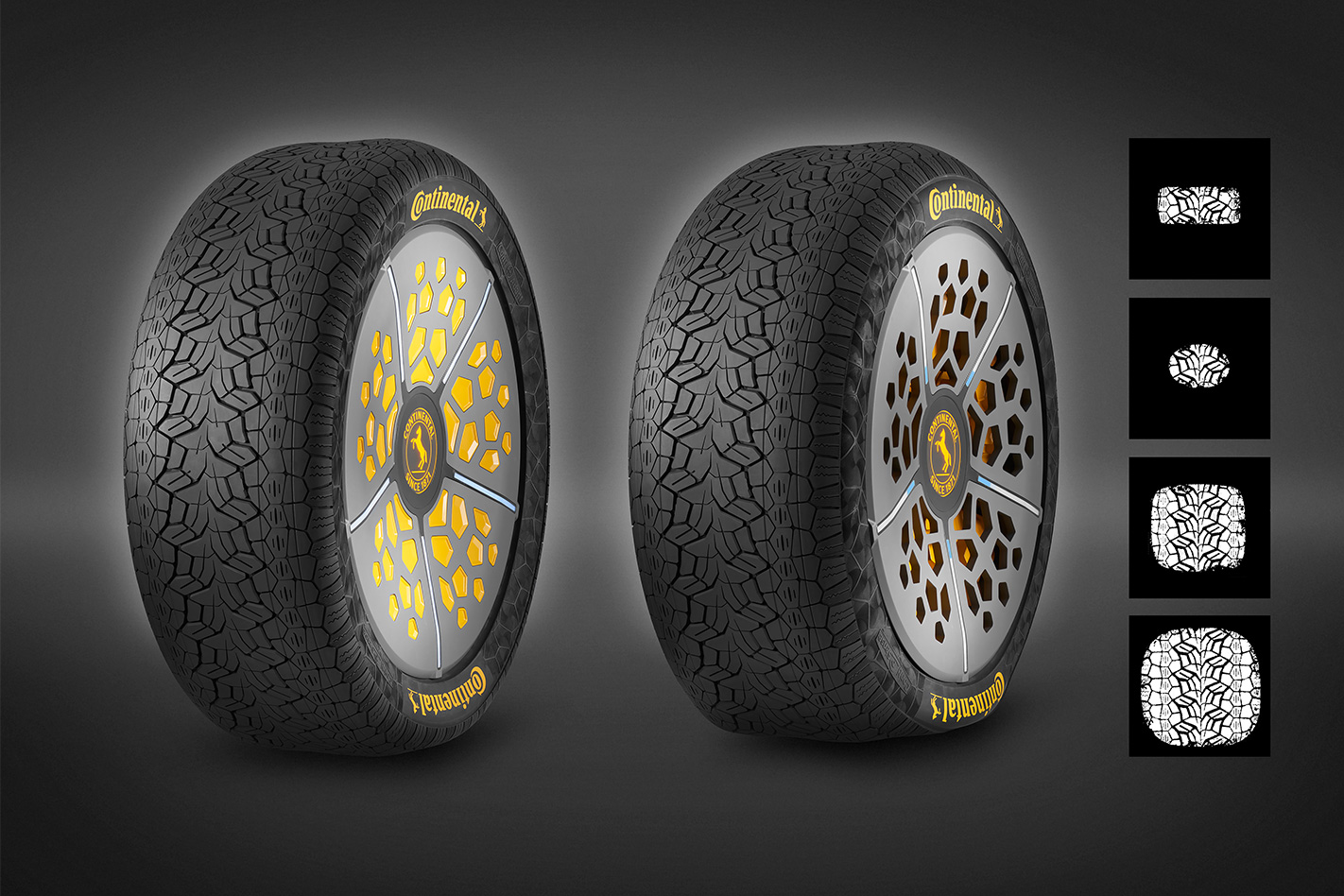
It should be noted the two systems are individual of each other – ContiSense for tyre pressures, ContiAdapt for contact patch.
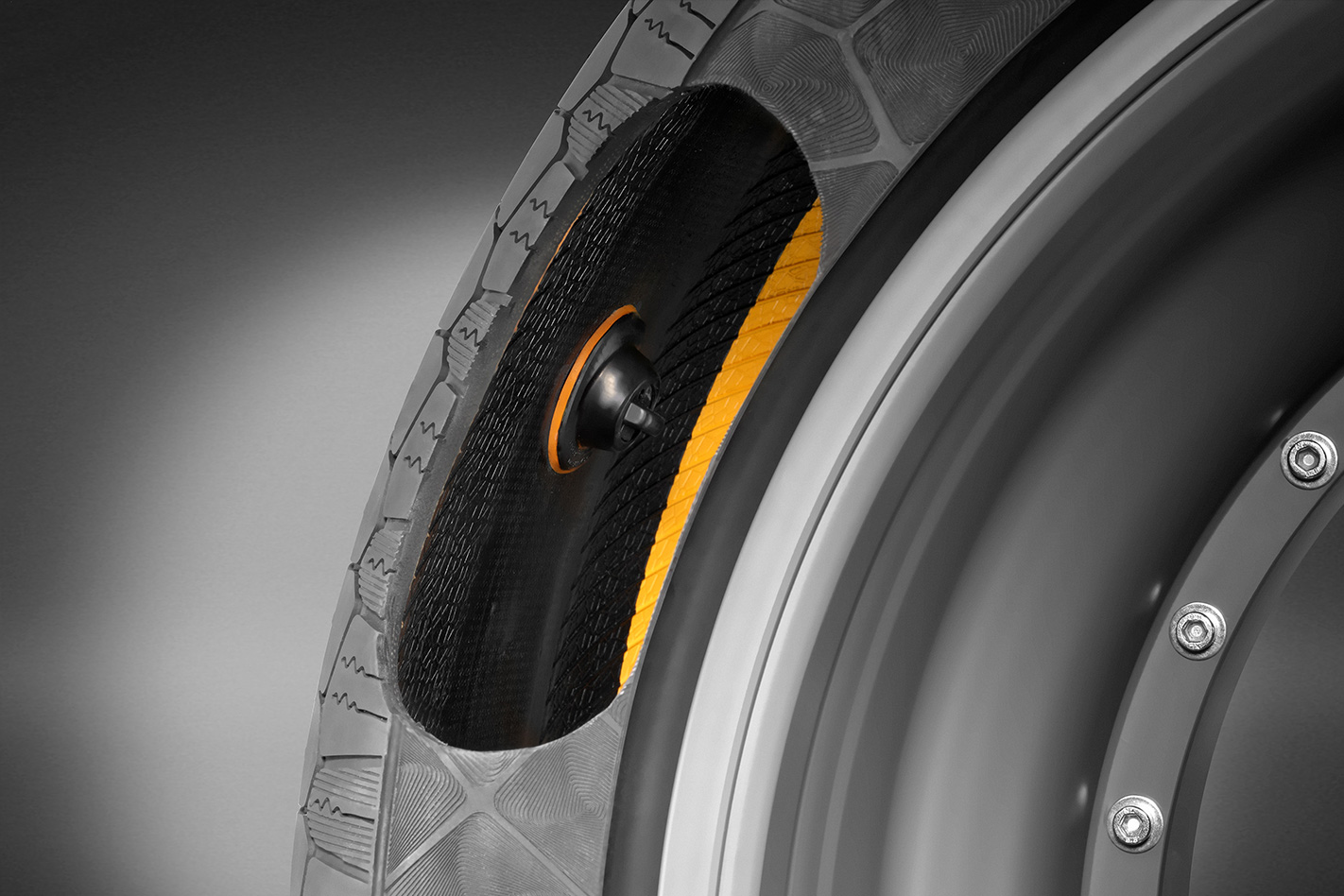
“If anything penetrates the tread, a circuit in the tire is closed, also triggering an immediate warning for the driver,” the Continental release states.
Wheels Tyre Test 2017: Eight brands compared
Meanwhile, ContiAdapt relies on a variable width wheel rim to change the size of the contact patch while in motion.
“Four different combinations allow perfect adaptation to wet, uneven, slippery, and normal conditions,” the release reads.
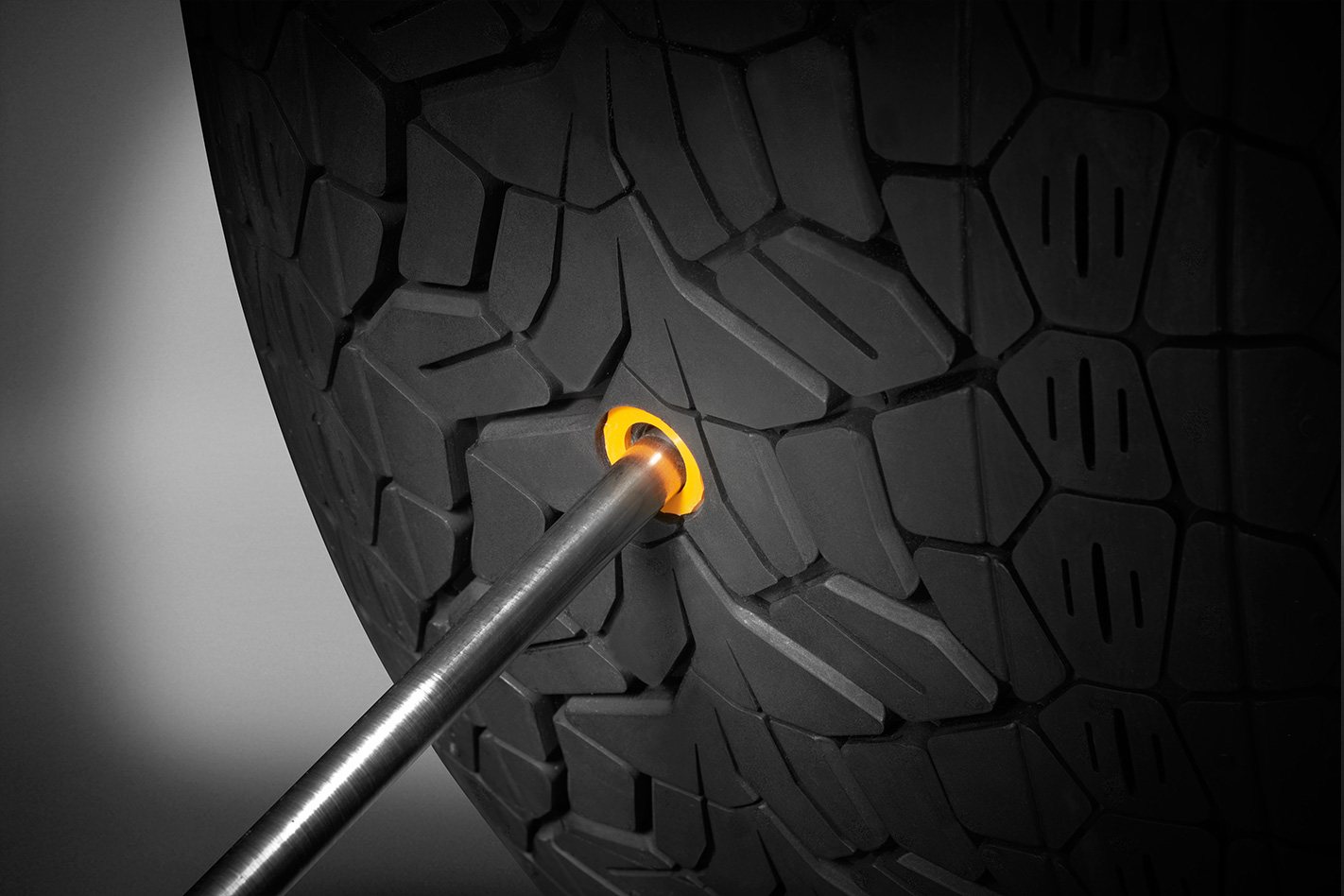
“By contrast, the combination of a larger contact patch with lower tire pressure delivers ideal grip on slippery roads.
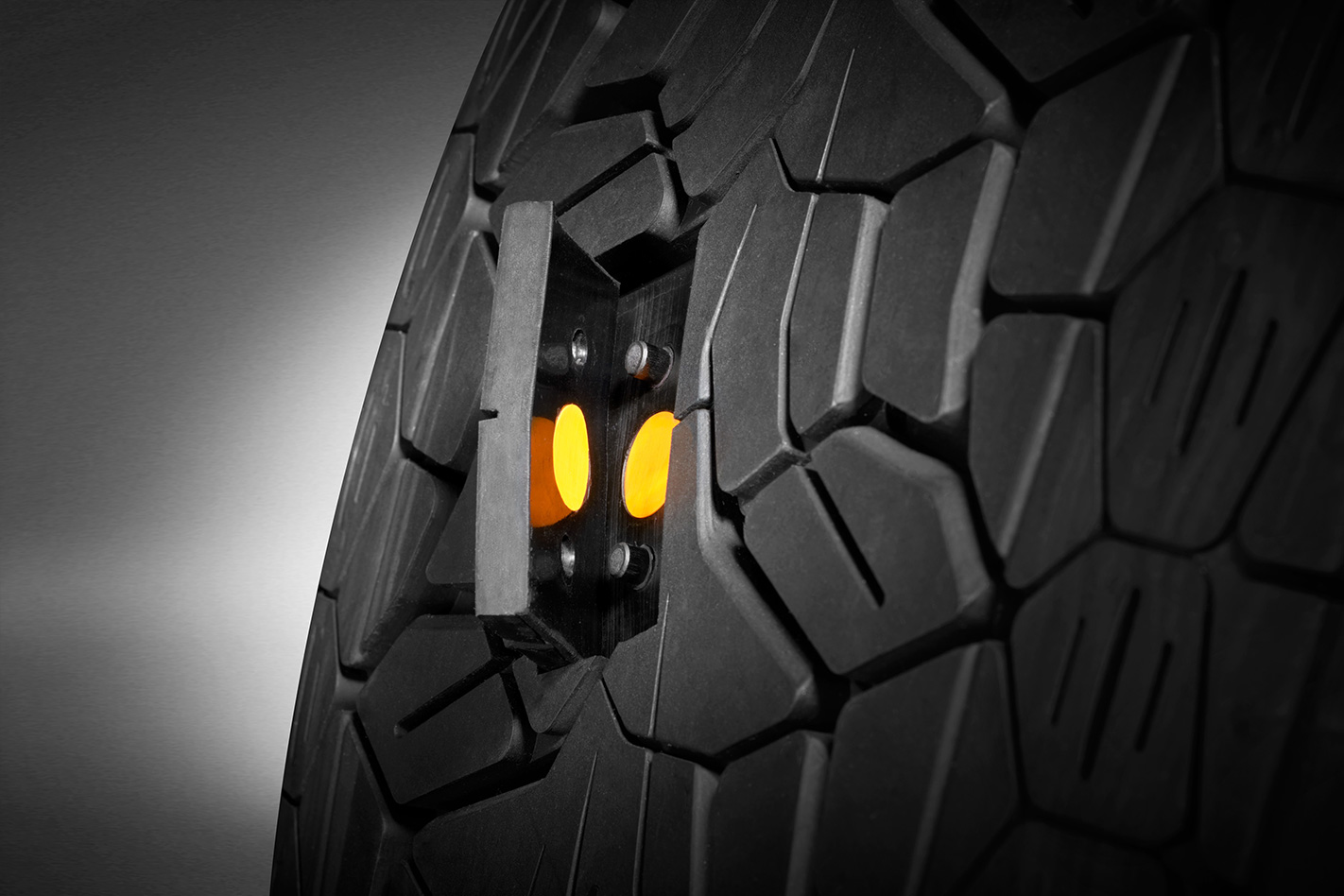
While not yet in production form, the concept technology gives us a glimpse at the kind of rubber future vehicles could be rolling atop.


